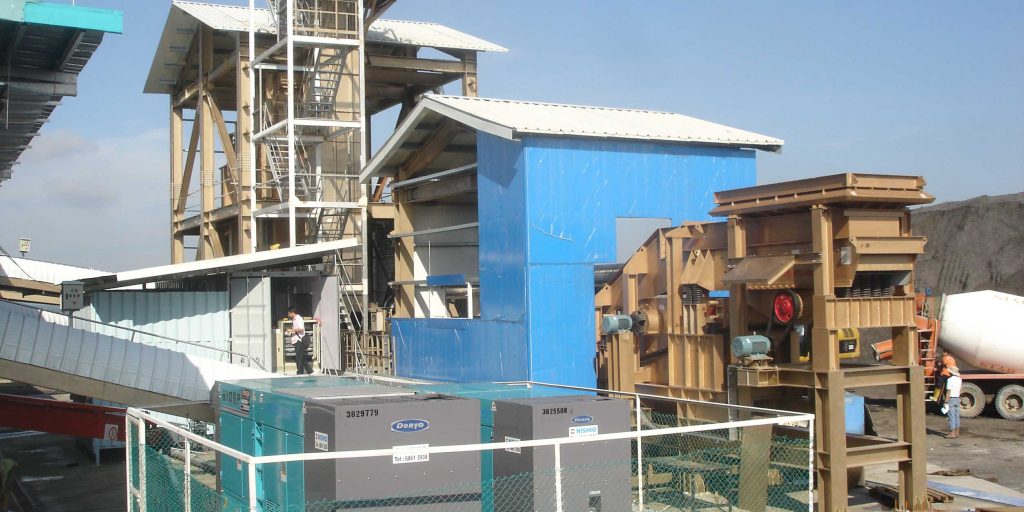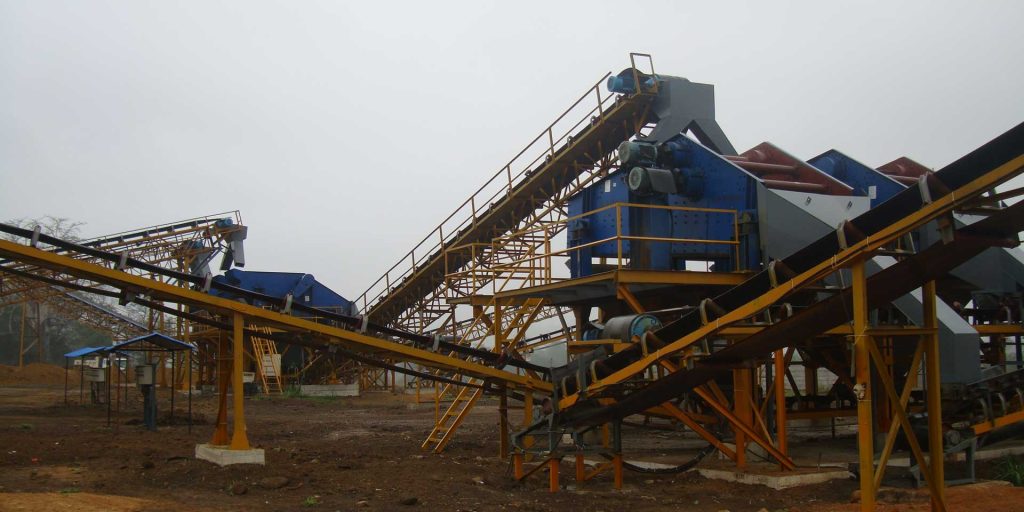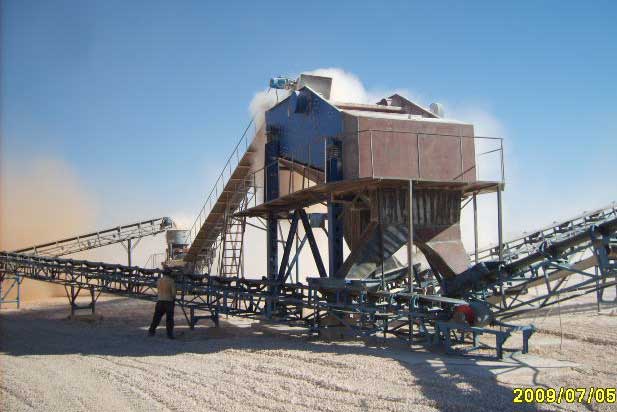Linear vibrating conveyors and linear vibratory feeders are both types of vibrating equipment used in material handling applications. Although they may look similar, they have some distinct differences.
Vibratory Feeders

Linear vibratory feeders are a type of equipment designed to transport small and light parts, by using vibration. They are equipped with vibratory motors that create vibrations and move the parts along a given path. Vibratory feeders work on the principle of linear movement and are ideal for tasks that require precise control over the movement of parts.
Vibratory feeders come in various shapes and sizes, and they can be customized to suit different application requirements. They are commonly used in assembly lines, packaging and sorting operations, and many other material handling applications.
One significant advantage of vibratory feeders is that they require very little maintenance. They are generally sturdy and stable, with few moving parts. They are designed to operated at a particular frequency, which makes them very efficient at moving parts. Vibratory feeders are often equipped with sensors, which help detect jams before they cause damage to the equipment.
Vibrating Conveyors

Linear vibrating conveyors are used to transport bulk materials like sand, gravel, or food products along a conveyor belt. They are equipped with powerful motors that create vibrations, which propel the materials forward. Vibrating conveyors are generally longer than vibratory feeders, and the conveyor belt can be customized to accommodate various materials.
Vibrating conveyors are often used in mining, agriculture, and food processing industries. They are particularly useful in transporting materials that are difficult to handle, such as slurries and wet materials.
One of the significant advantages of vibrating conveyors is that they can handle a wide range of materials, including abrasive and corrosive materials that would otherwise damage conventional conveyors. They are also designed to operate at a low amplitude and frequency, which makes them ideal for transporting delicate materials that require gentle handling.
Top 5 Differences Between Vibrating Conveyors and Vibratory Feeders
Vibrating conveyors and vibratory feeders each have their unique features and applications. Here, we will discuss the primary differences between the two types of equipment.
Movement
The primary difference between the two is the nature of the movement. Vibratory feeders move small and light parts along a linear path using vibration, while vibrating conveyors transport bulk materials along a vibrating conveyor belt.
Application
Vibratory feeders are ideally suited for handling small and fragile parts that need to be precisely controlled, such as in assembly lines and packaging operations. Vibrating conveyors, on the other hand, are ideal for transporting large and heavy-duty materials over long distances.
Size
The size of the materials being transported is another key aspect to consider. Vibratory feeders are designed to transport small and light parts, whereas vibrating conveyors are designed to handle much larger and heavier materials.
Frequency
Frequency is another difference between these two types of equipment. Vibratory feeders work at higher frequencies than vibrating conveyors, making them ideal for precise movements. Vibrating conveyors have lower frequencies and amplitudes, as they are designed to transport bulk materials over longer distances.
Conclusion
Both vibrating conveyors and vibratory feeders play unique roles in material handling applications. While vibratory feeders are ideal for handling small and light parts, vibrating conveyors are well-suited for heavy-duty and bulk materials. Choosing the right equipment requires considering the type of materials being transported, the distance required to transport the materials, and the required precision.
Final Words
It’s important to work with a knowledgeable professional to assess your material handling application and select the equipment best suited for your specific needs. By doing so, you ensure that you get the right equipment that will operate optimally and safely, offer increased efficiency, and save on maintenance costs.
